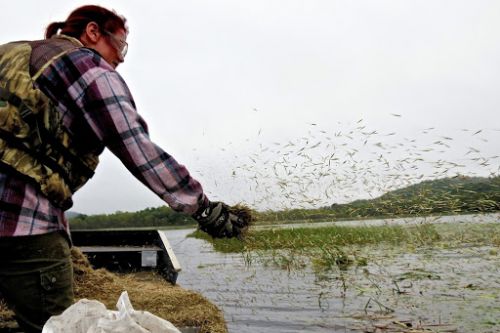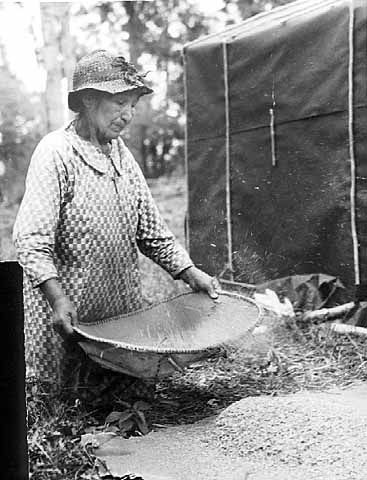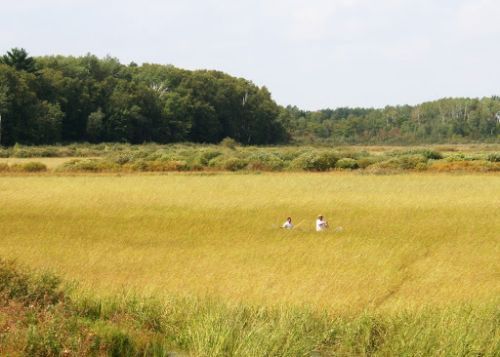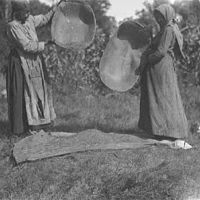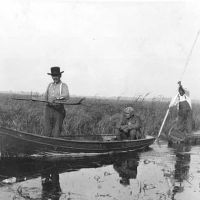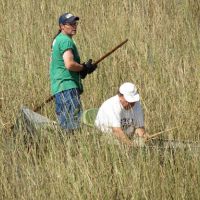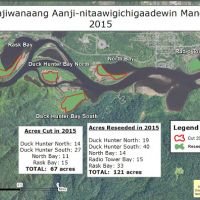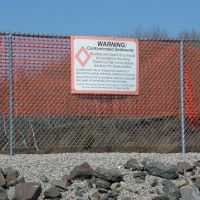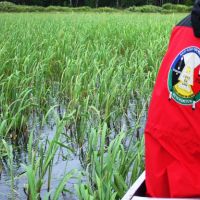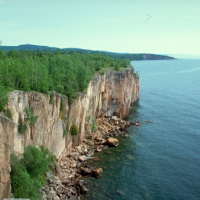Spotlight on People and Pollution: Wild rice, pollution, and space for traditions to grow
By Megan Ewald, Office of Response and Restoration
When people look out on the Great Lakes for the first time, they often compare them to the ocean. In some ways the analogy works. The five Laurentian Great Lakes are incredibly vast, when you stand on the shore of Lake Superior there’s nothing but steely blue water until the lake meets the horizon. If all you saw was a photo, you could mistake it for the ocean.
But comparing the Great Lakes to the ocean is like comparing sand to snow, it overlooks their fundamental differences. The Great Lakes are incredibly unique. They are in fact a singular body of water. They’re home to a rich diversity of life, and account for a fifth of all freshwater on the surface of the planet.
Lake Superior is the largest, deepest, and oldest of the five. It fueled the growth of industry and transportation in otherwise remote communities of northern Minnesota, and connects the United States and Canada. It’s an incredibly important environmental, cultural, and economic resource.
As far back as 800 A.D, long before the colonization of what is now America, the ancestors of the present day Chippewa (Ojibwe) people lived on the shores of Lake Superior. The Ojibwe name for Fond du Lac, a band of the Lake Superior Chippewa, is “Nagaajiwanaang” which means “where the water stops” — similar to the French translation “the foot, or the bottom, of the lake.” The Fond du Lac Reservation in Duluth, Minnesota was established in 1854 and today includes over 4,200 members.
The Saint Louis estuary, where the Saint Louis River meets Lake Superior, used to sustain 2,000 to 3,000 acres of wild rice. Wild rice was one of the most important sources of food for the Ojibwe people, and remains an integral source of cultural heritage.
Unfortunately, as result of historical industrial operations along the St. Louis River, numerous hazardous chemicals were released into the environment. Activities at the site have included coking plants, tar and chemical companies, the production of pig iron, and meat-packing.
The contaminated sediments had long lasting negative impacts on the freshwater environment. Fish, invertebrates, and aquatic plants were damaged. Recreational fishing and swimming were discouraged for human health concerns. Wild rice in the estuary was almost wiped out.
But the story doesn’t end here. In 1983 the Saint Louis River/Interlake/ Duluth Tar site was listed as a Superfund site on the National Priorities List. NOAA and other trustees, including the Fond du Lac Band, came together to undertake a Natural Resource Damage Assessment and draft restoration plans.
On Nov. 16, 2017 the $8.2 million settlement to restore injuries to natural resources was approved by the U.S. District Court – District of Minnesota. Among the restoration projects is $332,000 allocated to enhance wild rice stands within the estuary.
This money will go towards hiring knowledgeable personal to remove invasive aquatic vegetation that competes with wild rice, and work on projects that reduce sediment runoff and improve water quality.
Part of the sum will also go toward establishing a seed bank. By preserving heritage strains of wild rice in carefully monitored conditions, it will ensure that the bank is a long-term seed source. This will not only ensure a reserve of seed for the Fond du Lac band, but will allow for other Native People across the Great Lakes Region to benefit from this ecological and cultural resource.
In addition, $30,000 will go to cultural education opportunities for local communities in and around Duluth. A series of informational posters, to be displayed adjacent to wild rice restoration locations, is in the works. This will help communicate both the importance of wild rice to the health of the St. Louis River estuary, and the cultural traditions of the Fond du Lac Band.
The Great Lakes and the people who inhabit them are incredibly linked, natural history merging with cultural history. To truly restore the Saint Louis Interlake both the ecosystem and the awareness of the cultural importance of wild rice must be targeted.
With these funds comes the opportunity for wild rice to return to the Saint Louis Interlake, and for the Fond Du Lac Band to sow seeds of change within their community. To inspire a new generation of people who care for Lake Superior and the waters that surround it.
more images
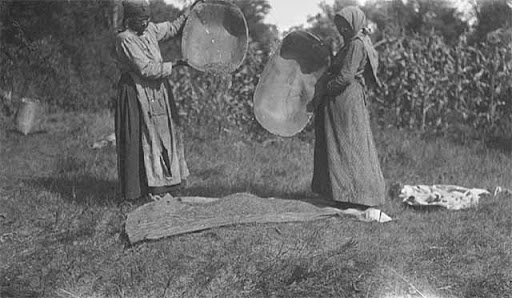
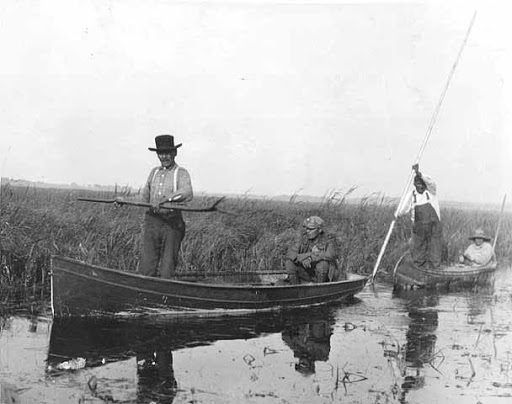
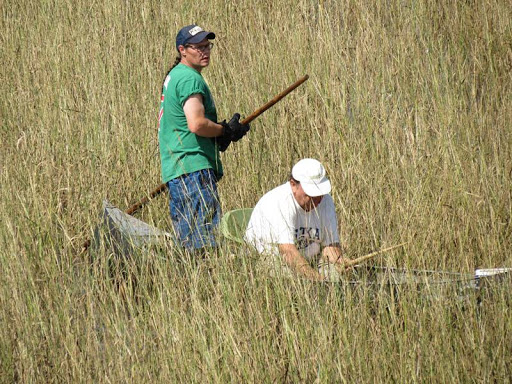
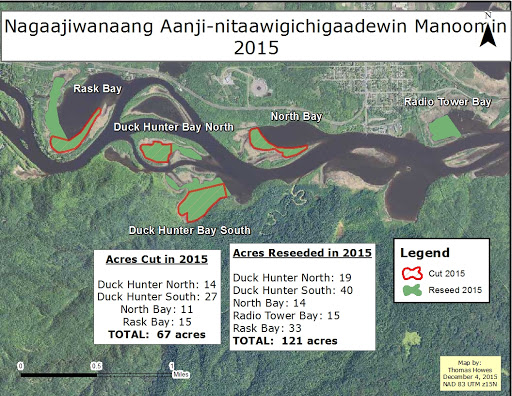
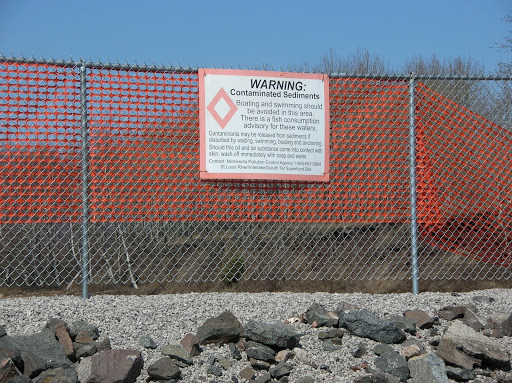
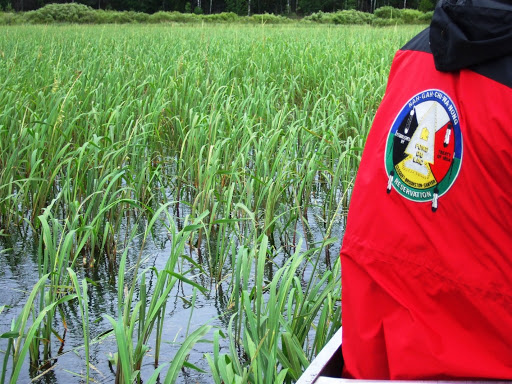
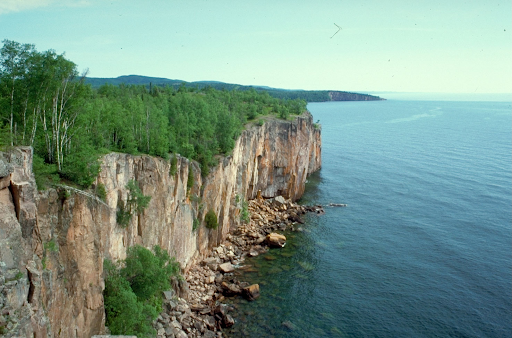
 An official website of the United States government.
An official website of the United States government. 
